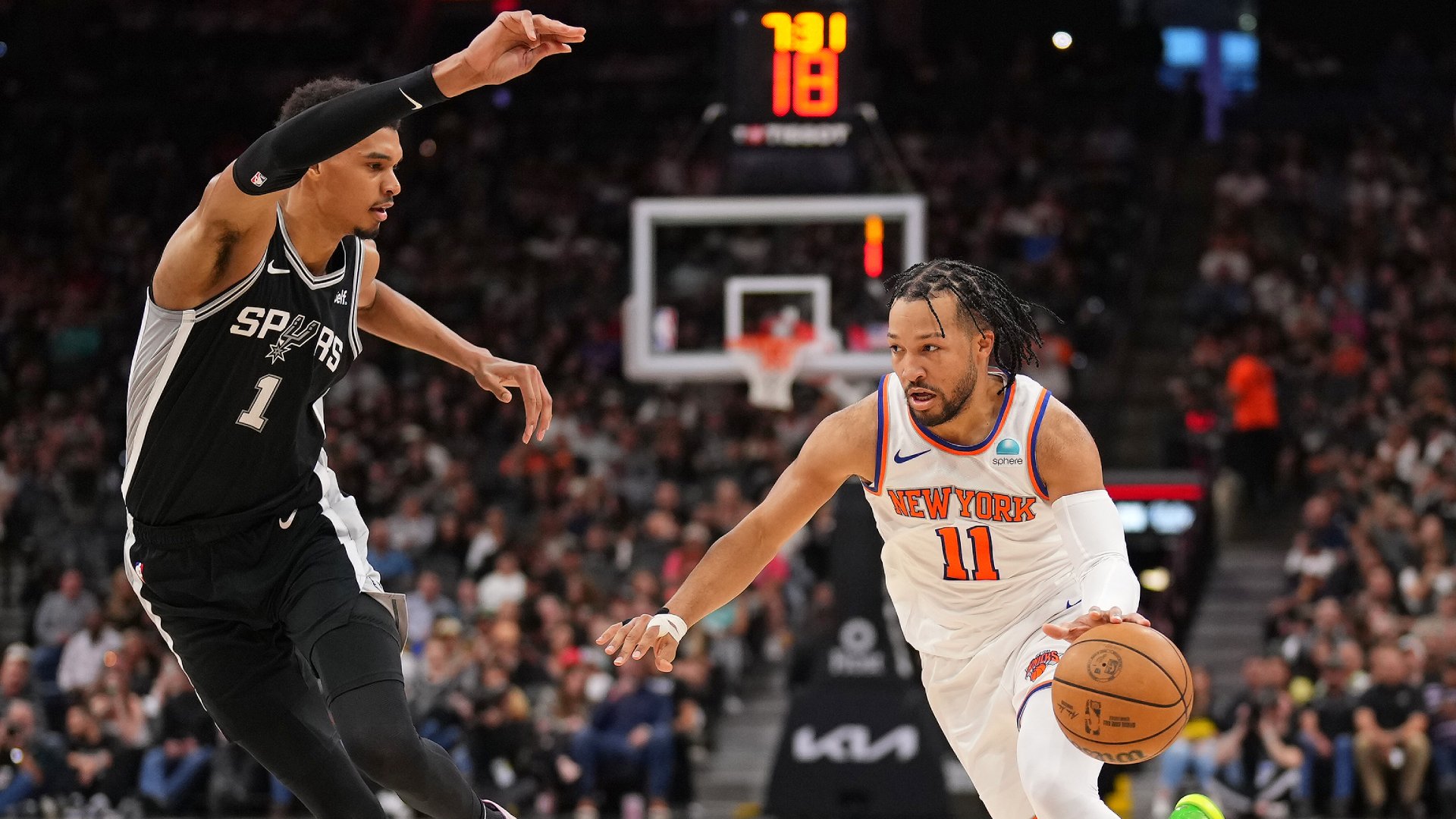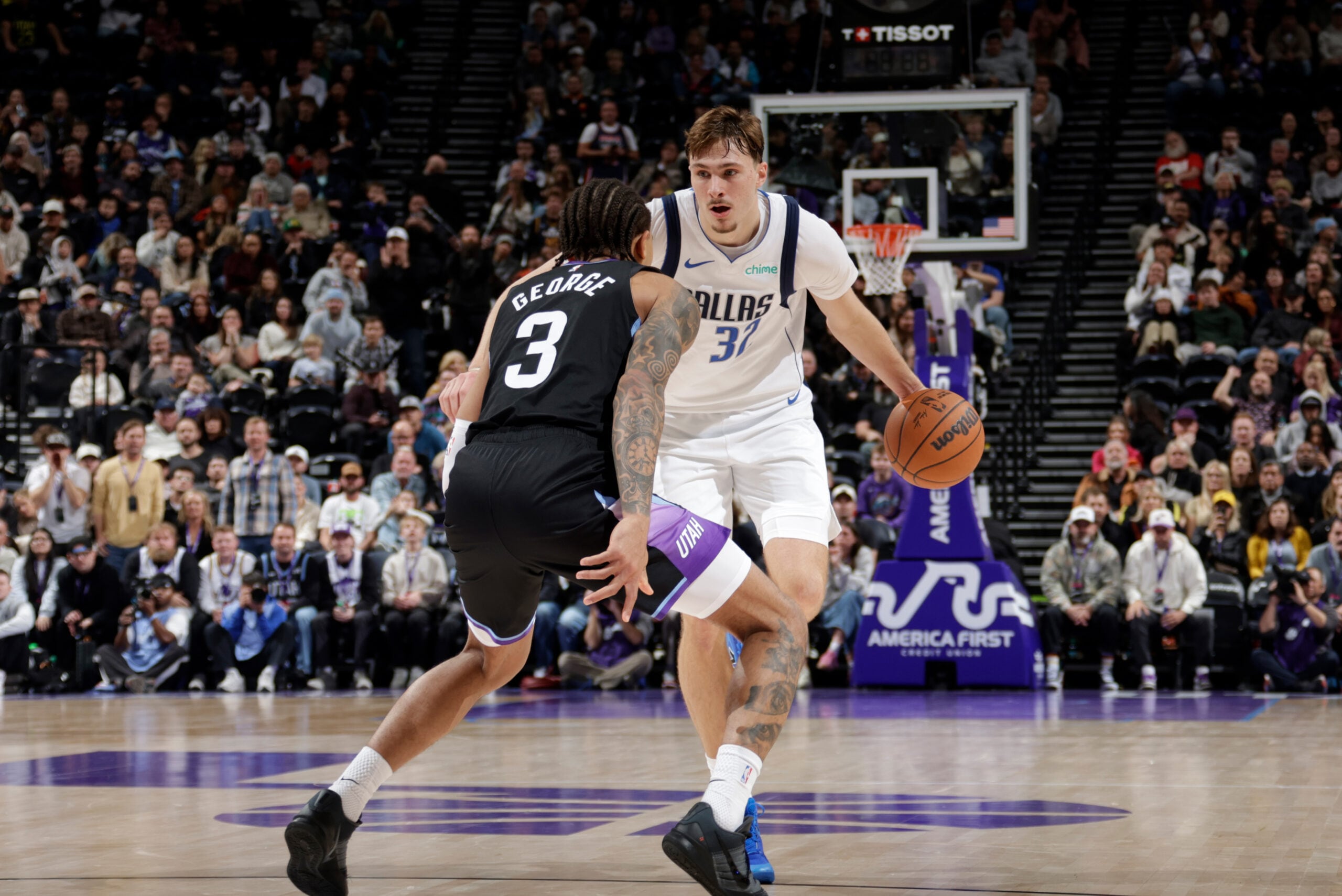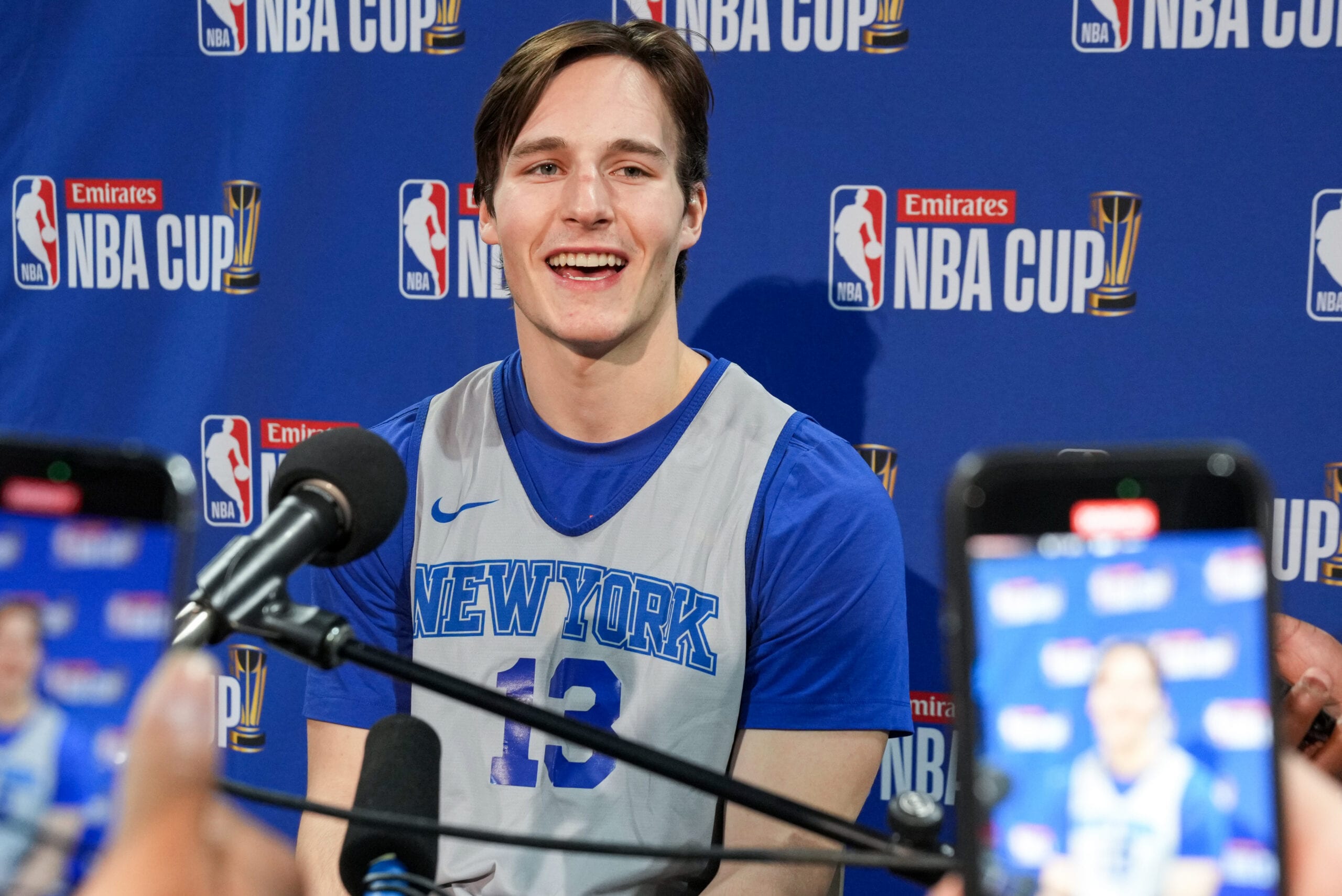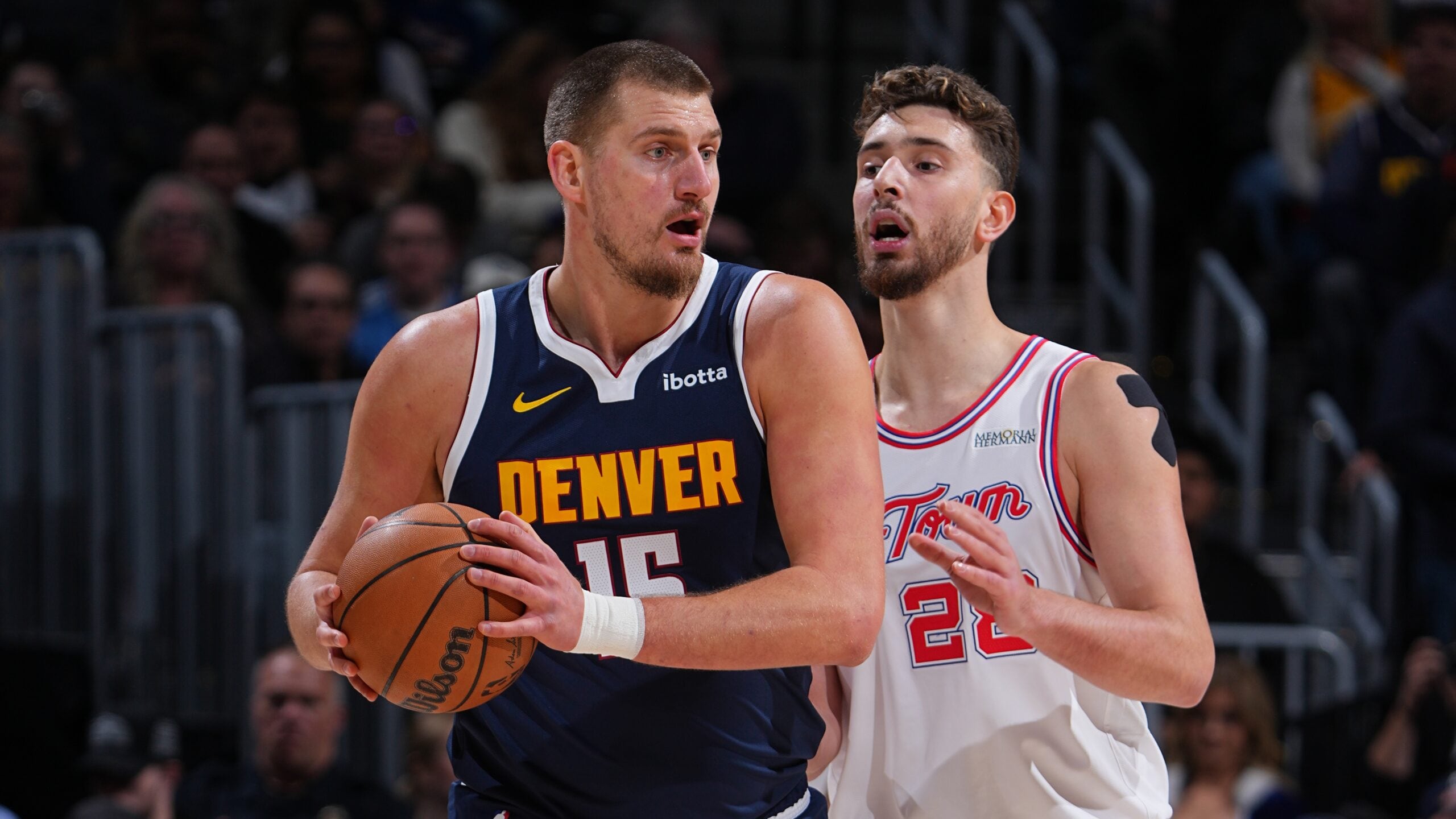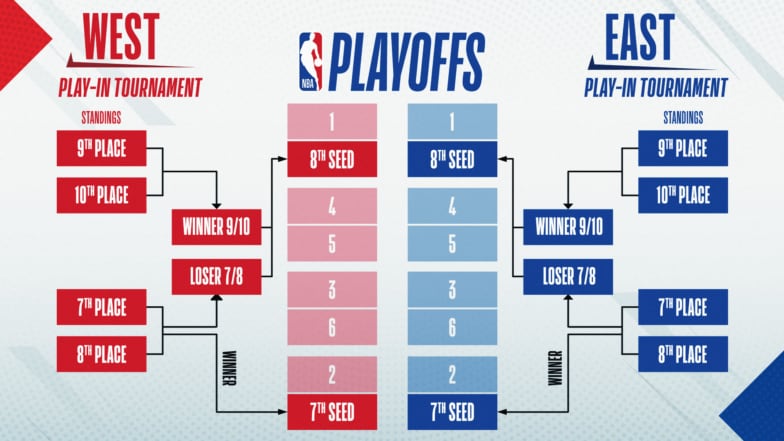
Play-In Tournament
Lining up teams according to their likely status as sellers or buyers as the NBA trade deadline approached used to be as simple as checking out the standings.
Teams near the bottom could line up over on the left as the franchises most willing to part with a proven veteran or solid mid-career role player, based on accepting their plights as rebuilding or at least lottery-bound operations. Teams near the top, meanwhile, were lined up to the right as those most likely to be seeking help, a transformative starter or even a surgically added piece who might push them up a berth or two and, perhaps, extend their postseason to something memorable.
Now, though, it’s not so easy to find the sellers. And without sellers, wannbe buyers might have to sit on their wallets. Low inventories of available players can either bid up their prices – or it can dry up the market quickly.
What’s going on? This is Year 2 of the NBA’s play-in mechanism, which gives even sputtering and clearly flawed teams hope that they can get in on some playoff action.
For context, let’s go back two years ago to the 2018-19 season, the last pre-pandemic “normal” NBA campaign. By the trade deadline of Feb. 8, 14 of the 16 eventual playoff teams already were spoken for.
The West was set, with the top eight teams at the deadline maintaining their playoff spots to the end. Five teams were under .500 and all five stayed that way.
In the East, six teams headed to the postseason already held down the top six spots. That left two – Orlando and Detroit – who finished in a rush to leap-frog Charlotte and Miami. But in this conference too, the bottom five teams at the trade deadline were the same bottom five when the regular season ended.
So that meant a third of the league’s 30 teams were playing for lottery odds or something in the future, presumably making them willing at least to entertain offers for key players.
This season? Only three or maybe four teams – Minnesota and Houston in the West, Detroit and possibly Orlando in the East – truly seem to be out of it. Everyone else, particularly those in the Nos. 9-13 spots, might choose to keep their powder dry for a possible play-in opportunity.
Expanded this year from the Orlando bubble version in 2020, the play-in system will pit No. 7 vs. No. 8 and No. 9 vs. No. 10. The winner of the former game will qualify as the seventh seed and the loser of the latter game will be eliminated. Then the loser of 7-8 will face the winner of 9-10, with the team that wins that one earning the eighth seed. After that, it’s traditional best-of-seven playoff series.
That’s why Chicago, Indiana and Toronto currently are in good shape competing for the East’s No. 9 and No. 10 spots. Even Washington and Cleveland can see the possibility of snagging one of those. In the West, Golden State at No. 9 and Sacramento at No. 13 were separated heading into Sunday’s games by only 4.5 games with about 30 to go.
Getting a taste of the postseason, even via a play-in game or two, might be considering edifying enough to keep one’s roster intact and focused. Meanwhile, the logical fear of qualifying simply to face a pummeling against a dominant No. 1 or No. 2 team might be quelled by softness at or near the top in both conferences. Philadelphia, Brooklyn and the Lakers have had injury issues, Phoenix is sniffing rarefied air for the first time with its core and Utah was 4-5 in its past nine games through Friday.
The allure of the Draft always is strong, both in reality and as a marketing tool for cranky fan bases. But remember, the lottery odds were flattened in 2019 to disincentivize losing. It’s nearly a coin flip now that the team with the league’s worst record will slip to No. 5 (47.9%) as snag one of the top four picks (52.1%).
The three teams with the worst records all have the same odds of either getting the top pick (14%) or falling out of the top three. And the top four slots are determined by lottery these days, rather than top three previously. That all adds an element of “why not push for the play-in?” to what’s left of the regular season.
That’s why differentiating the sellers from the buyers in that sweet spot of play-in possibilities is trickier this year. A team such as New Orleans might choose to step back and deal away Lonzo Ball, while another such as the Cavaliers might hang onto a Larry Nance Jr. The Bulls seem more driven to be part of the postseason action, however brief, than to move Lauri Markkanen or a perfect-for-a-contender Thaddeus Young.
The NBA, through the play-in mechanism, might have juiced the chase for playoff spots even as it dampened the activity at the trade deadline. And that seems like a trade about which the league can be happy.
* * *
Steve Aschburner has written about the NBA since 1980. You can e-mail him here, find his archive here and follow him on Twitter.
The views on this page do not necessarily reflect the views of the NBA, its clubs or Turner Broadcasting.






